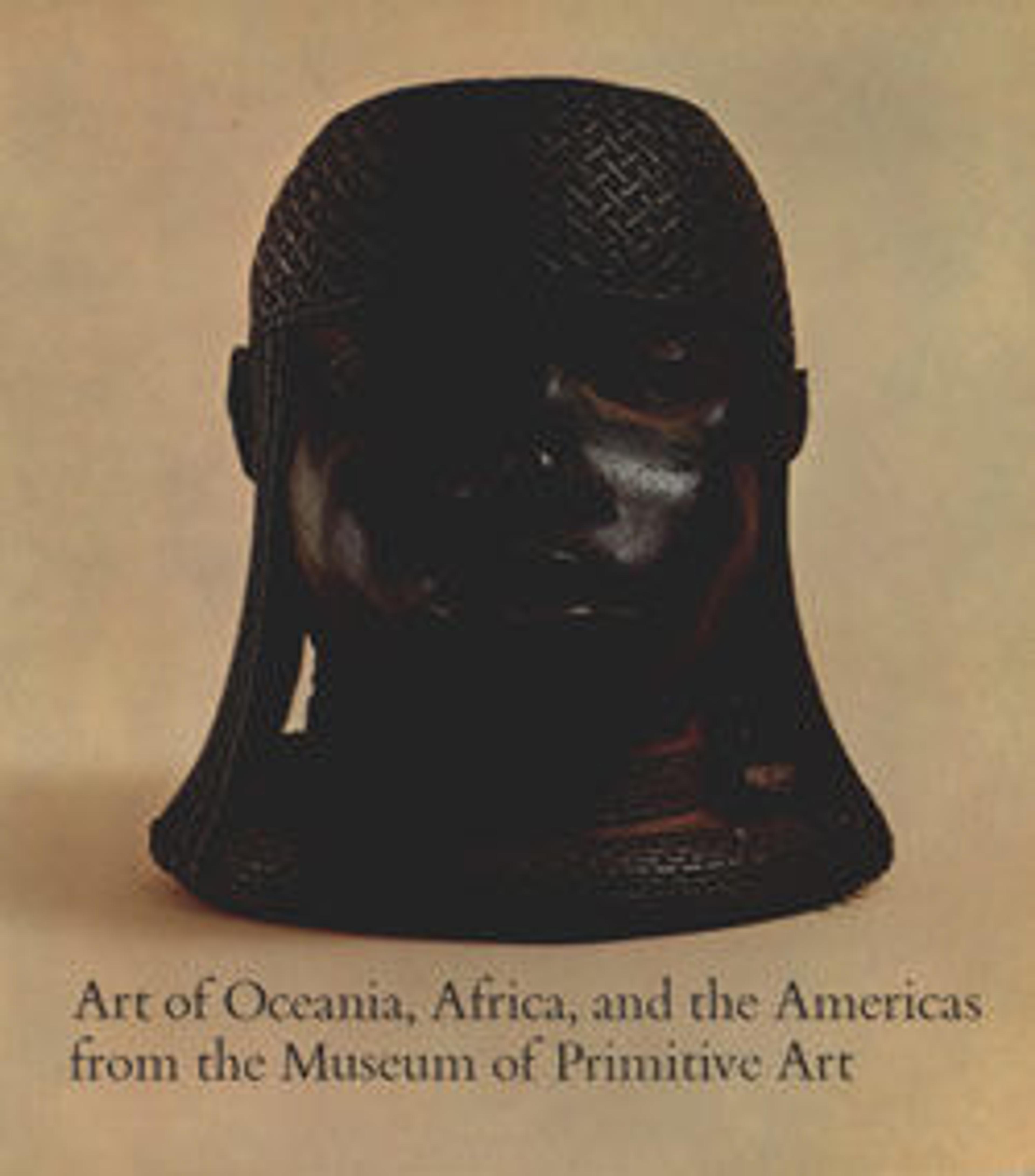Monkey vessel
The ancient Mexicans used many kinds of stone for the manufacture of ritual and sumptuary objects. Onyx marble, of which this vessel is carved, occurs in many parts of Mexico, where it is known as tecali. During the florescence of the great city of Teotihuacan in the first half of the first millennium CE, tecali was used primarily to carve masks. Centuries later, perhaps a result of improved carving skills, lapidary artists were able to produce vessels from it, some plain and some effigy figures as here. A frequent subject of such bowls is a monkey holding its tail above its head. The vessel retains its globular form, the limbs, head, and tail projecting from it abruptly. The interior of the container was laboriously hollowed out with tubular drills, probably of bamboo, and then polished smooth. The eyes and teeth are inlaid with shell and obsidian. The function or meaning of the image is not known, although monkeys feature in creation myths of the Maya and Aztecs and were perceived as the originators of the performing and visual arts, perhaps because of their entertaining behavior.
Artwork Details
- Title:Monkey vessel
- Artist:Mixtec (Ñuu Savi) artists
- Date:1350–1521 CE
- Geography:Mexico, Mesoamerica
- Culture:Mixtec
- Medium:travertine, pyrite, shell
- Dimensions:H. 7 1/2 x W. 5 x D. 5 1/2 in. (19.1 x 12.7 x 14 cm)
- Classification:Stone-Containers
- Credit Line:The Michael C. Rockefeller Memorial Collection, Bequest of Nelson A. Rockefeller, 1979
- Object Number:1979.206.1156
- Curatorial Department: The Michael C. Rockefeller Wing
More Artwork
Research Resources
The Met provides unparalleled resources for research and welcomes an international community of students and scholars. The Met's Open Access API is where creators and researchers can connect to the The Met collection. Open Access data and public domain images are available for unrestricted commercial and noncommercial use without permission or fee.
To request images under copyright and other restrictions, please use this Image Request form.
Feedback
We continue to research and examine historical and cultural context for objects in The Met collection. If you have comments or questions about this object record, please contact us using the form below. The Museum looks forward to receiving your comments.
